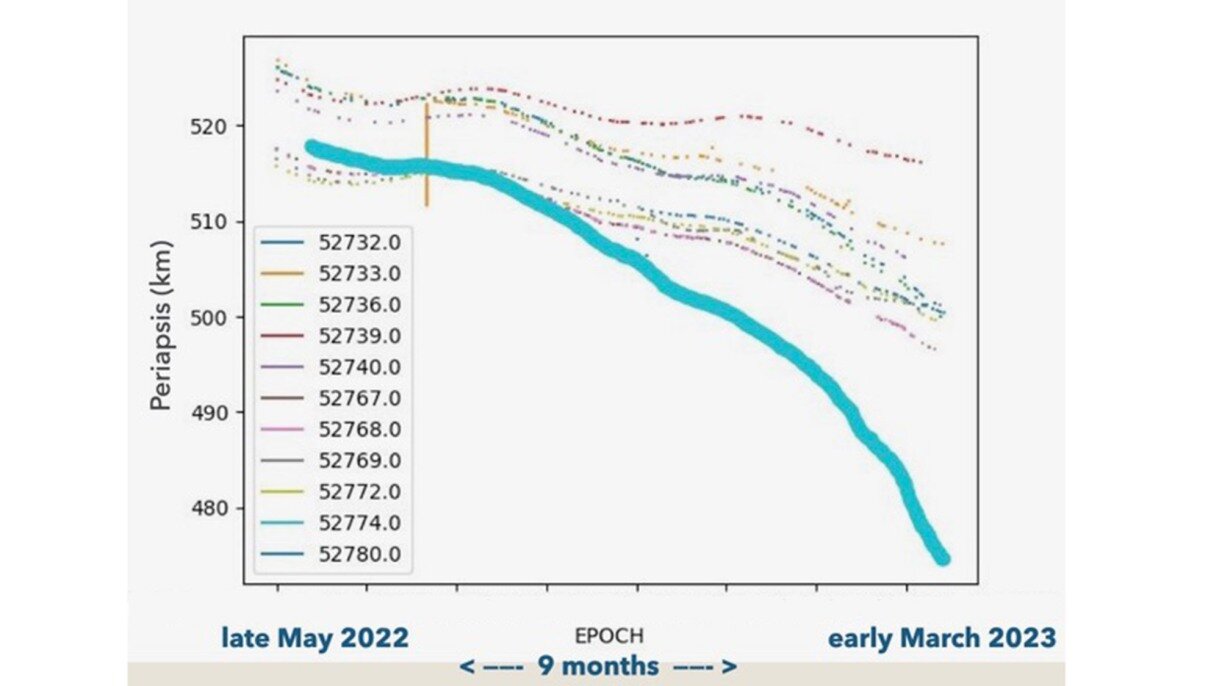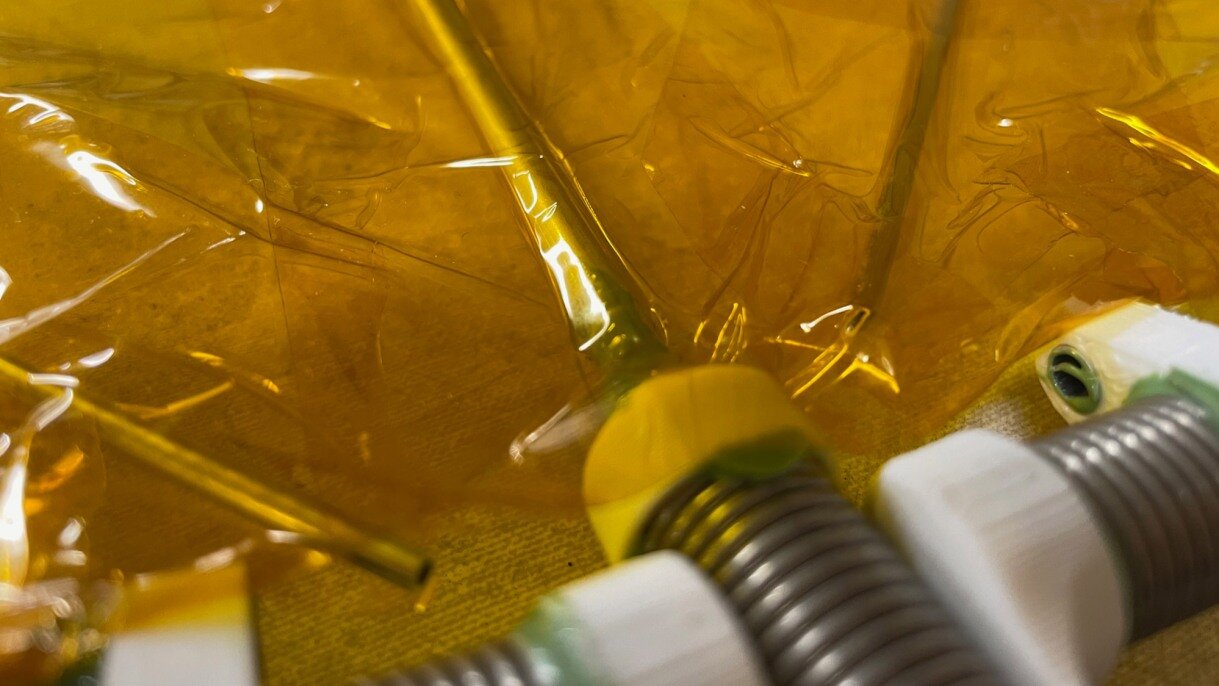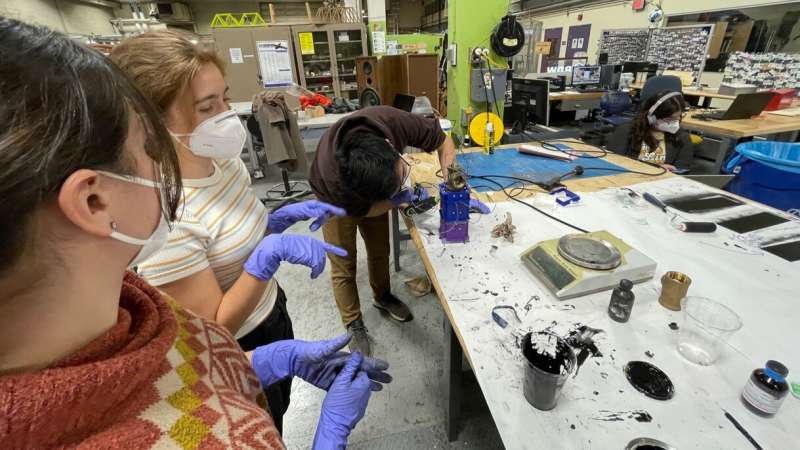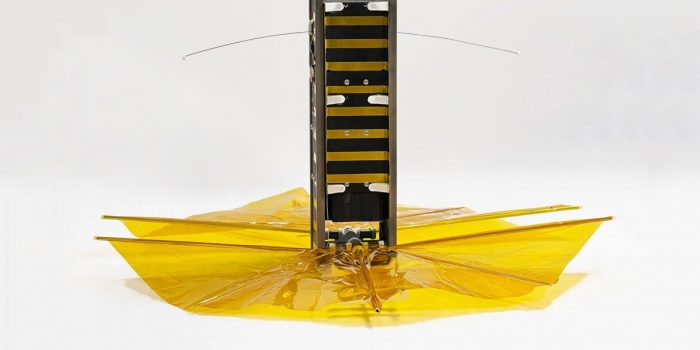On a shoestring budget and using off-the-shelf supplies, a team of engineering students from Brown University built a satellite powered by 48 Energizer AA batteries and a $20 microprocessor, which was launched into space about 10 months ago on Elon Musk’s SpaceX rocket.
Recently, an analysis of data from Air Force Space Command revealed that the satellite, called SBUDNIC, not only successfully operated but could also have far-reaching implications for efforts to tackle the growing problem of space debris, which poses a potential threat to all current and future space vehicles.
Currently, NASA is tracking more than 27,000 pieces of orbital debris, which includes any human-made object in Earth’s orbit that no longer serves a useful function. It also includes defunct satellites that remain in orbit sometimes decades after their mission is complete. To address this problem, the Brown students added a 3D-printed drag sail made from Kapton polyimide film to their bread-loaf-sized cube satellite.
The sail opened like an umbrella upon deployment at about 520 kilometers above the orbit of the International Space Station, and initial data suggests that it is helping to push the satellite back down to Earth sooner than expected.

“You can see in the tracking data that we’re visibly below everybody else and accelerating away from them,” Fleeter said. “You can see that our satellite is already descending toward reentry, whereas the others are still in a nice circular orbit higher up.”
In fact, the satellite, SBUDNIC, is well below the other small devices that were deployed with it, indicating that it will be out of orbit within five years rather than the estimated 25 to 27 years without the drag device.

The Brown team believes that their analysis serves as a proof of concept for the effectiveness of this type of sail in reducing the amount of space debris in orbit around Earth. They hope that similar sails can be added to other small devices or scaled up for larger projects in the future.

“The theory and physics of how this works has been pretty well accepted,” Fleeter said. “What this mission showed was more about how you realize it—how you build a mechanism that does that, and how you do it so it’s lightweight, small and affordable.”


